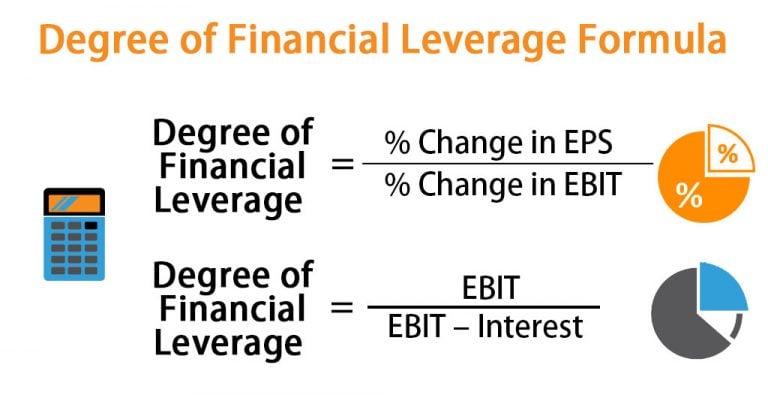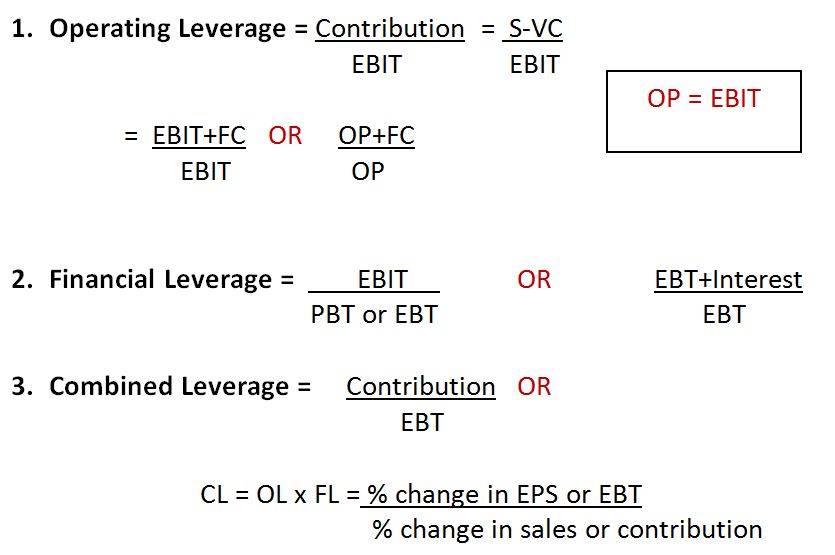
We will discuss each of those situations because it is crucial to understand how to interpret it as much as it is to know the operating leverage factor figure. By calculating your DOL and comparing it with industry benchmarks, you can assess your business’s efficiency and competitiveness. A DOL higher or lower than industry standards can indicate areas for improvement or potential strengths. For information pertaining to the registration status of 11 Financial, please contact the state securities regulators for those states in which 11 Financial maintains a registration filing. Adam Hayes, Ph.D., CFA, is a financial writer with 15+ years Wall Street experience as a derivatives trader.
Cash Flow Statement
The calculator will reveal that the Degree of Operating Leverage (DOL) for this scenario is 2. This means that a 1% change in sales will result in a 2% change in operating income. Most of Microsoft’s costs are fixed, such as expenses for upfront development and marketing.
Great! The Financial Professional Will Get Back To You Soon.
This article explores the Degree of Operating Leverage Calculator, providing insights into the formula, how to use it effectively, an illustrative example, and answers to frequently asked questions. In the base case, the ratio between the fixed costs and the variable costs is 4.0x ($100mm ÷ $25mm), while the DOL is 1.8x – which we calculated by dividing the contribution margin by the operating margin. The contribution margin represents the percentage of revenue remaining after deducting just the variable costs, while the operating margin is the percentage of revenue left after subtracting out both variable and fixed costs. The Operating Leverage measures the proportion of a company’s cost structure that consists of fixed costs rather than variable costs. The Degree of Operating Leverage (DOL) indicates how sensitive a company’s operating income is to changes in sales volume.

Would you prefer to work with a financial professional remotely or in-person?
- We can use the previous formula since the operating leverage ratio is related to the cost structure.
- 11 Financial’s website is limited to the dissemination of general information pertaining to its advisory services, together with access to additional investment-related information, publications, and links.
- Furthermore, from an investor’s point of view, we will discuss operating leverage vs. financial leverage and use a real example to analyze what the degree of operating leverage tells us.
- Shaun Conrad is a Certified Public Accountant and CPA exam expert with a passion for teaching.
Here’s how you can use an Operating Leverage Calculator to understand how your company’s fixed and variable costs impact profitability. The calculator will provide the DOL value, which indicates the sensitivity of a company’s operating income to changes in sales volume. The DOL essentially measures how sensitive a company’s operating income is to fluctuations in its sales volume.
The Degree of Operating Leverage (DOL) is a critical financial metric, offering insight into how a company’s operational income is affected by fluctuations in sales. It essentially highlights the sensitivity of a company’s earnings before interest and taxes (EBIT) to changes in its sales volume. Variable costs decreased from $20mm to $13mm, in-line with the decline in revenue, yet the impact it has on the operating margin is minimal relative to the largest fixed cost outflow (the $100mm). From Year 1 to Year 5, the operating margin of our example company fell from 40.0% to a mere 13.8%, which is attributable to $100 million fixed costs per year. However, companies rarely disclose an in-depth breakdown of their variable and fixed costs, which makes usage of this formula less feasible unless confidential internal company data is accessible. On that note, the formula is thereby measuring the sensitivity of a company’s operating income based on the change in revenue (“top-line”).
Degree of Operating Leverage: FAQ
In the world of finance, the Degree of Operating Leverage is a key metric for assessing a company’s financial resilience and profit potential. One concept positively linked to operating leverage is capacity utilization, which is how much the company cost recovery accounting method uses its resources to generate revenues. Increasing utilization infers increased production and sales; thus, variable costs should rise. If fixed costs remain the same, a firm will have high operating leverage while operating at a higher capacity.
By calculating the DOL, you can identify areas where cost reductions can have the most significant impact on profitability. Use the calculator to pinpoint cost control opportunities and streamline your operations. Since profits increase with volume, returns tend to be higher if volume is increased. The challenge that this type of business structure presents is that it also means that there will be serious declines in earnings if sales fall off. This does not only impact current Cash Flow, but it may also affect future Cash Flow as well. One important point to be noted is that if the company is operating at the break-even level (i.e., the contribution is equal to the fixed costs and EBIT is zero), then defining DOL becomes difficult.
Understanding DOL allows managers to make informed decisions about pricing, production, and investment by evaluating the potential impact of sales fluctuations on profitability. For instance, a 10% increase in sales for a company with low DOL might result in a less than 10% increase in EBIT, indicating a more stable, albeit less responsive, profit scenario. This means a 10% increase in sales would lead to a 26.7% increase in operating income. The formula is used to determine the impact of a change in a company’s sales on the operating income of that company. If you’re looking to calculate the degree of operating leverage quickly and without carrying out lots of manual calculations, simply use our degree of operating leverage calculator. On the other hand, a company with a low DOL has a huge portion of its overall cost structure as variable costs.

